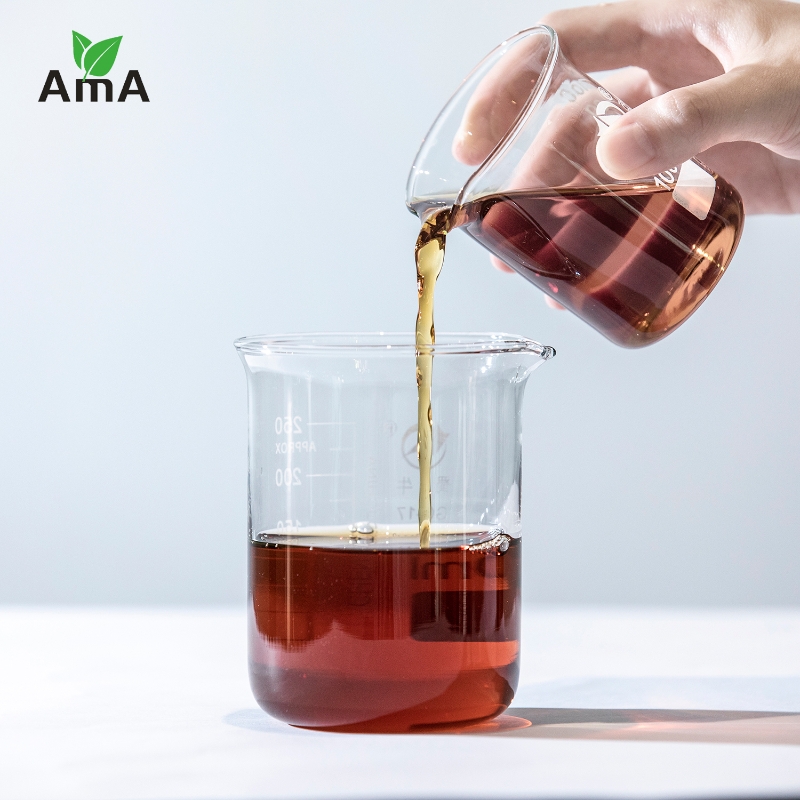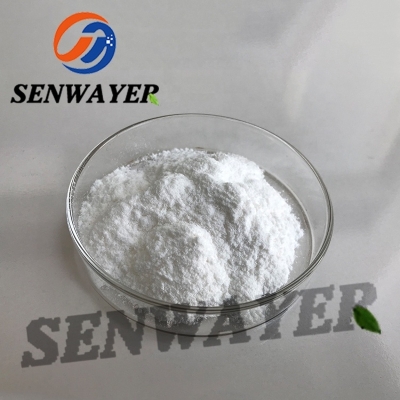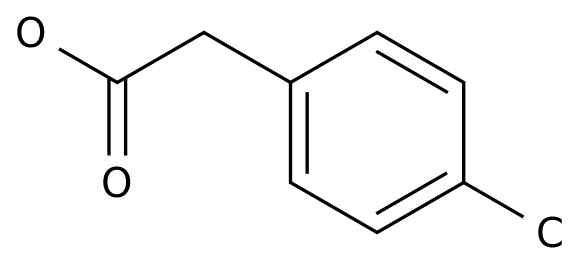Frequent occurrence of adverse events in children
-
Last Update: 2013-05-31
-
Source: Internet
-
Author: User
Search more information of high quality chemicals, good prices and reliable suppliers, visit
www.echemi.com
2013-05-31 source: the first Financial Daily yesterday, the first domestic children's drug safety report "white paper of 2013 children's drug safety investigation report" (hereinafter referred to as "white paper") issued by the South Institute of pharmaceutical economics of the State Food and Drug Administration (hereinafter referred to as "CFDA South Institute") shows that the domestic children's drug market is huge, and by 2015 The annual market size will reach 60 billion yuan However, compared with the huge market capacity and potential, there are fewer varieties of drugs for children and fewer manufacturers, resulting in the irrational rate of drug use for children as high as 32%, and the adult drug use for children (that is to say, the adult drug use for children is halved) is serious Zong Yungang, deputy director of CFDA South Institute, pointed out at the white paper release ceremony that China usually defines the population aged 0-14 as children, with a large number of children In 2011, the population under 14 years old was 220 million In the next five years, China will usher in the fourth baby boom, and the number of newborns each year is expected to rise to 19 million "The prevalence rate of children is very high The two-week prevalence rate of children aged 0-4 is 174.2%, and that of children aged 5-14 is 76.9% The number of children's outpatients accounts for 9% of the total number of outpatients in the hospital, and the number of outpatients is increasing year by year " Chang Yanqun, a professor at Guangdong maternal and child health hospital, said "The huge population base and high prevalence lead to a huge market demand for children's drugs, and the domestic market for children's drugs reached 35 billion yuan in 2009." Zong Yungang told the first financial daily that since the vast majority of drugs do not indicate the usage and dosage of children at present, many doctors or parents reduce the use of adult drugs by half, so in fact, the domestic market for children's drugs is much larger He Qing, the head of pharmaceutical business of Guangzhou Wanglaoji Pharmaceutical Co., Ltd., told this newspaper that the compound growth rate of the market scale of children's drug use from 2005 to 2009 was 11.5% It is estimated that by 2015, the domestic market scale of children's drug use will exceed 60 billion yuan If the proportion of drugs that are halved for children when doctors prescribe them is included, it is estimated that by 2015, the market size of children's drugs is expected to reach 121.3 billion yuan The two largest categories of children's drug use are cold drugs and antipyretic and analgesic drugs He Qing said that in 2009, the market size of these two types of drugs reached 7 billion yuan, accounting for 20% of the whole children's drug market "It is estimated that by 2015, the market size of these two types of drugs may exceed 14 billion yuan." However, experts pointed out that the incidence of adverse drug reactions in children was about 12.9%, and that in newborns was 24.4% "The irrational rate of children's drug use is as high as 12% ~ 32% Children's drug field is a disaster area with hidden dangers of safe drug use." Chang Yanqun confessed According to the latest weekly quality report of CCTV quoted statistics from China Rehabilitation Research Center for deaf children, the number of deaf children under 7 years old in China due to unreasonable use of antibiotics is up to 300000, accounting for 30-40% of the total deaf children, while only 0.9% in some developed countries The frequent occurrence of adverse events by manufacturers "the above situation is inseparable from the lack of drug use in children in China." Zong Yungang pointed out that "at present, there are more than 180000 domestic drug approvals in China, but only 3000 are dedicated to children More than 90% of the drugs do not have children's dosage forms There are more than 1000 manufacturers involved in the production of children's drugs, but only 10 are specialized in the production of children's drugs." The white paper analyzes the deeper reasons: in terms of policies, China's children's drug research started late, laws and policies are not perfect; in terms of enterprises, research and development is difficult, research and production costs are high, pricing advantages are not obvious and other factors, which make many pharmaceutical enterprises flinch from children's special drugs; at the same time, the current public opinion environment for children's drug safety guidance is relatively inadequate In recent years, the core products, such as Kangzhi pharmaceutical, Renhe pharmaceutical, Hansen pharmaceutical, Johnson & Johnson pharmaceutical and Sanofi Sunstone pharmaceutical, which are mainly involved in the production of children's drugs, have frequently encountered safety problems Recently, the safety problem of Simotang oral liquid for children's gastrointestinal medicine of Hansen Pharmaceutical Co., Ltd.: in late April this year, Simotang oral liquid, which accounts for 60% of Hansen pharmaceutical's revenue, was revealed by the media to contain areca, a class I carcinogen in the formula, and the company has never explicitly disclosed the risk of the drug Renhe pharmaceutical's "ucadan" and Sanofi's "good baby" are children's Paracetamol and amantadine granules The State Food and Drug Administration issued a notice on May 17, 2012, because "there is no basis for the safety and effectiveness of newborns and infants under 1 year old", the children under 1 year old are forbidden to use children's Paracetamol and amantadine granules In May 2011, the State Food and Drug Administration revised the instructions of "nimesulide", a pediatric antipyretic drug that caused safety disputes, and explicitly prohibited its use in children under 12 years old And nimesulide granule (ruizhiqing) is the core product of Kangzhi pharmaceutical, which accounts for more than 70% of the revenue As a result, the revenue of Kangzhi pharmaceutical industry in 2011 was 306 million yuan, a year-on-year decrease of 2.45%; the net profit was 2.81 million yuan, a year-on-year decrease of 97.98%; the revenue of ruizhiqing was only more than 60 million yuan, a year-on-year decrease of 72.23% In recent years, Merrill Lynch and Tylenol Lynch, the core paediatric products of Johnson & Johnson pharmaceutical, have also frequently recalled their products globally However, several recalls did not include the Chinese market, raising questions about the "double standards" of Johnson & Johnson pharmaceutical in China
This article is an English version of an article which is originally in the Chinese language on echemi.com and is provided for information purposes only.
This website makes no representation or warranty of any kind, either expressed or implied, as to the accuracy, completeness ownership or reliability of
the article or any translations thereof. If you have any concerns or complaints relating to the article, please send an email, providing a detailed
description of the concern or complaint, to
service@echemi.com. A staff member will contact you within 5 working days. Once verified, infringing content
will be removed immediately.







